Longstanding relationship between fashion and sport reaches fever pitch
One fashion lover, and self-declared sports outsider, asks how two seemingly different worlds make good teammates – and if we’re in it for the long haul.

What does sport mean to you? Most, if not all, will agree on its reach; consider that nearly half of Australia watched the Matildas’ semi-final against England last year, or that the Tokyo Olympics were viewed by three billion globally. Its command has made it a ubiquitous force in fashion; LVMH is the premium partner of this year’s Olympics in Paris, and a 2023 Business of Fashion study reported the value of the fashion industry’s sponsoring of sport stars and competitions would reach $US109.1 billion ($AUD161.8 billion) by 2030, compared to $US63.1 billion ($AUD93.6 billion) in 2021.
It’s possible to understand the importance of sport, especially as a fashion lover, while knowing it’s just not your thing. Until recently, that was my experience. I can trace my indifference to the school playground, where I was tall, inflexible and only agile enough to dodge every time the action darted my way. In high school, weekend mornings with magazines and fashion documentaries were forsaken for compulsory Saturday sport – mandatory in many Australian high schools – which I counted the days until I was free of. But while a ball might as well have been invisible to me, the clothes in sport captured my focus from a young age; the sleek sculptural bodysuits worn by Olympic swimmers, or jerseys spliced with a country’s flag colours in innovative ways to represent a national identity.
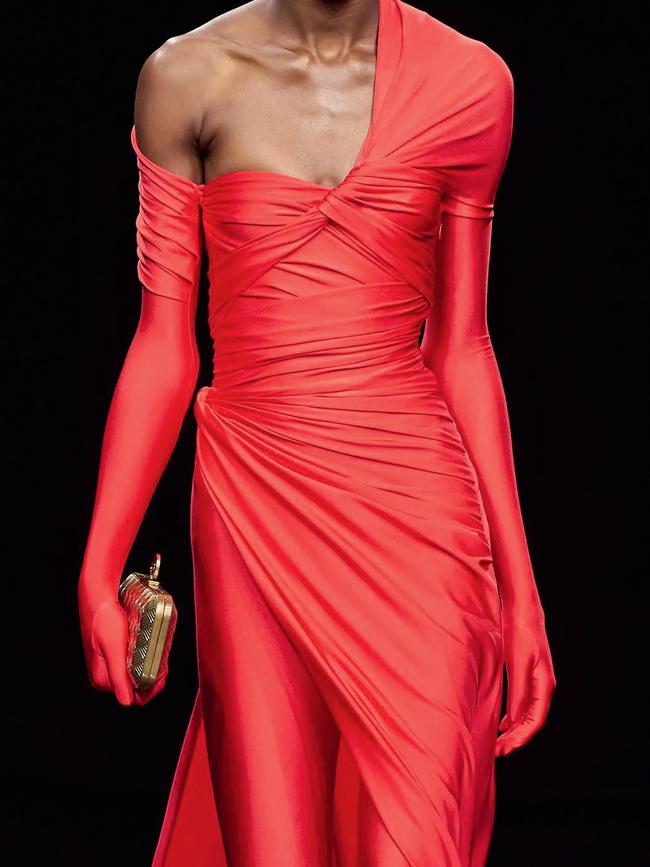
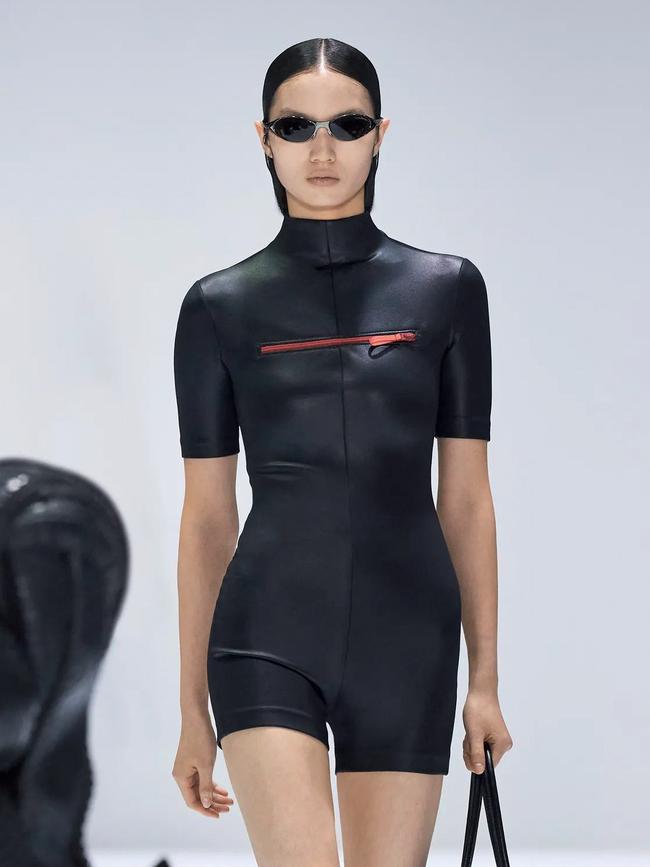
Designer Conner Ives is one of a few in fashion who shares my experience. “I didn’t have much of a relationship with sport – other than being bad at any sport I was put into – but I remember always loving the outfits, the uniforms,” Ives recalls of his childhood in rural New York. Now based in London, the Central Saint Martins graduate’s label uses upcycled football jerseys and cycling outfits, a crucial part of his ‘high-low’ ethos. His autumn/winter ’24/’25 collection paired gowns with recycled jerseys that were crinkled to match tousled skirts, subverting the historically masculine notion of soccer kits. “I loved this kind of masc-femme contrast of taking something like a football jersey and shirring it, making the sleeves and hem go all rippley and romantic,” he notes. “It was a very natural reaction.”
Like Ives, my appreciation of sport materialised later in life, and stemmed from the beauty, and empowerment, in its clothes. If sport didn’t exist, fashion would be far less interesting, given how the centuries of back and forth between the two has changed forever how we see and approach dressing up. The unrivalled ability of sport, and democratic inclination, to bring people together for a common cause, through audiences and teams, is something the lofty, often exclusive, fashion industry can learn from, too.
Laird Borrelli-Persson, senior archive editor at US Vogue, pinpoints a fundamental moment when the avant-garde end of fashion appeared in the egalitarian arena of sport. “The first thing that pops to mind is when Jean Patou designed tennis outfits for Suzanne Lenglen, the Wimbledon champion in 1925 … so chic,” she says. “These looks, of course, were representative of the Jazz Age silhouette, which revealed the legs, even knees, [and] physically and symbolically represent freedom of movement.”
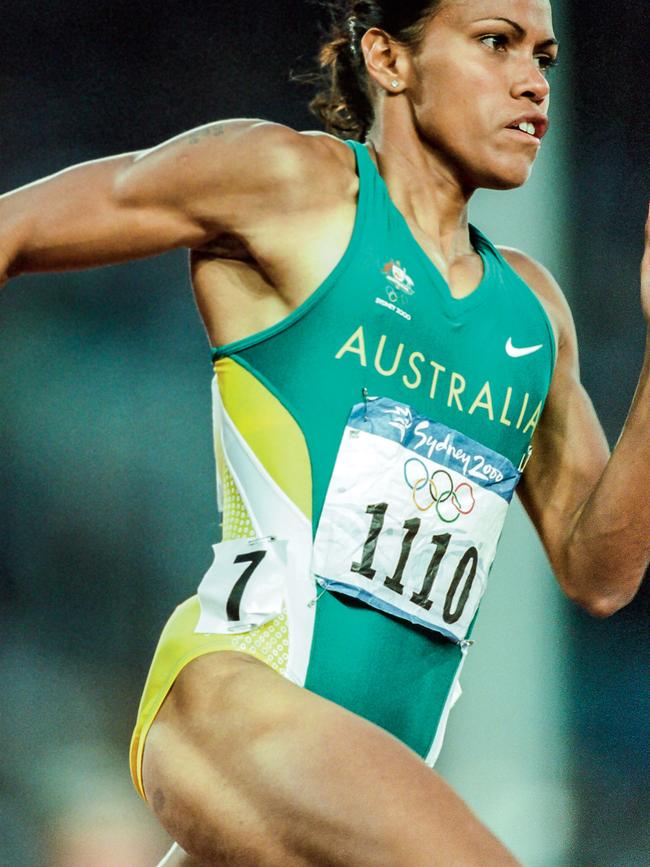
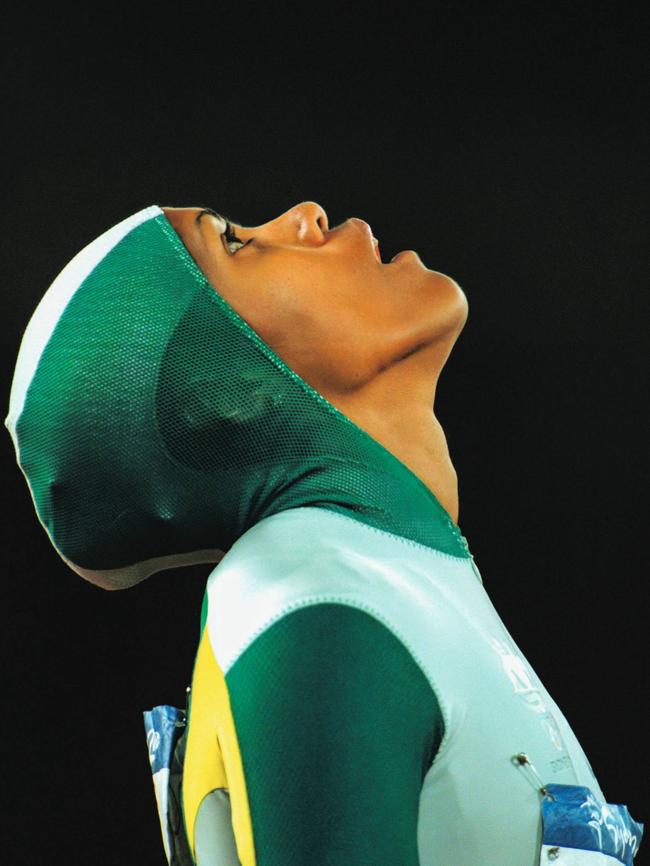
Like Patou’s cropped women’s tennis whites, sport clothes can act as a barometer of social change while at the same time further the agility and movement of the wearer above any social statement. Take Cathy Freeman’s bodysuit for her 400-metre Olympic final victory in 2000, which featured a hood and compressed cut for aerodynamic benefits; the fact it was covered in green and gold, creating an iconic visual, was an added benefit. “Active sportswear has to meet specific functional requirements … it has to stretch, moisture-wick, retain heat, or any number of other things,” Borrelli- Persson explains. “These pieces have a job to do; they are not just for show.”
“The world’s interest has confirmed what we have always known: athletes have the power to shape broader culture in a way that not many other ambassadors can do”
Nevertheless, a visually striking outfit can boost the confidence of an athlete, and in turn their success – embracing the power of fashion that many, like me, know it to have in more everyday settings. Serena Williams often used clothes that show her command of fashion, from her Virgil Abloh-designed Nike tutu at the 2018 US Open to a one-leg number that channelled the uniform of American athlete Florence Griffith Joyner. Fashion and sport’s idea exchange extends to the runways. Borrelli-Persson notes Y-3, the two-decade-long partnership of Adidas and designer Yohji Yamamoto, as an early example of high-performance athletic garments being reimagined for everyday wear. “What might, on paper, have looked like an unusual combination – as Yamamoto is a poet in cloth – is a brilliant and tempting fusion of fashion and function,” she says. One might see Balenciaga’s use for Spandex beginning in 2016, or Marine Serre’s logo-covered elastane catsuits, as an implicit reflection of our society’s dependence on stretchy sport materials, reflecting the 2010s’ emphasis on comfort and casualisation of dress codes.
A trading of ideas is one thing, but through the 2020s, fashion and sport’s aesthetic and value exchange has morphed into something greater. This year, brands and conglomerates have invested heavily in sport’s brightest talents; Italian tennis player Jannik Sinner recently signed on with Gucci, while swimmer Emma McKeon, already an Omega brand ambassador, added a Dior ambassadorship in 2024, the only Australian among 14 other Olympians chosen from around the world. Elite sportspeople from the English Premier League to NBA and F1 are now front-row fixtures, from Manchester United’s Marcus Rashford, F1’s Lewis Hamilton, Arsenal player and captain of the England national team the Lionesses’ Leah Williamson, Venus Williams, and more seen at shows from Burberry to Gucci. This mix of worlds brings the eyes of their followers – hundreds of millions combined – to an exciting new forum.

“Athletes are constant achievers of greatness, which makes them perfect partners because their mission in sport often coincides with brand missions,” says Carly Duguid, brand strategist of American sport talent agency Evolve. To her, the parallel between the two industries – both founded on pursuing greatness – comes as no surprise. “There’s a natural synergy between the level of commitment it takes to be an athlete, and to excel at the highest level in their sport, alongside that same level of commitment to quality and excellence that a brand would boast,” she says.
Duguid’s husband, Stu Duguid, founded Evolve in 2022 with tennis champion and Louis Vuitton ambassador Naomi Osaka, whose signing with the French label in 2020 marked a new era for luxury’s embrace of sport. According to Duguid, the two industries’ relationship is only at the tip of the iceberg. “The world’s interest has confirmed what we as agents have always known: athletes have the power to shape broader culture in a way that not many other ambassadors can do,” Duguid says.
It’s a trend visible beyond just luxury behemoths. Yasin Müjdeci, founder of Berlin clothing boutique Voo, says collaborations between smaller designers and athleticwear brands increases the appeal of fashion and diversifies its audience, while creating unique and one-of-a-kind products. “[Fashion and sport] are as opposite to each other as yin and yang,” Müjdeci opines, “but when applied correctly, the result of this contrast is often an affordable product free from the ‘boringness’ of most sportswear.”
According to Müjdeci, Adidas and Wales Bonner’s partnership, and Asics’s collaboration with cult English brand Kiko Kostadinov, are major hits among Voo’s customers. “We get to see Kiko’s complex designs in the best running shoes, and we get to witness the rebirth of a minimal shoe, like the Adidas Samba, with Wales Bonner’s little touches,” he adds.
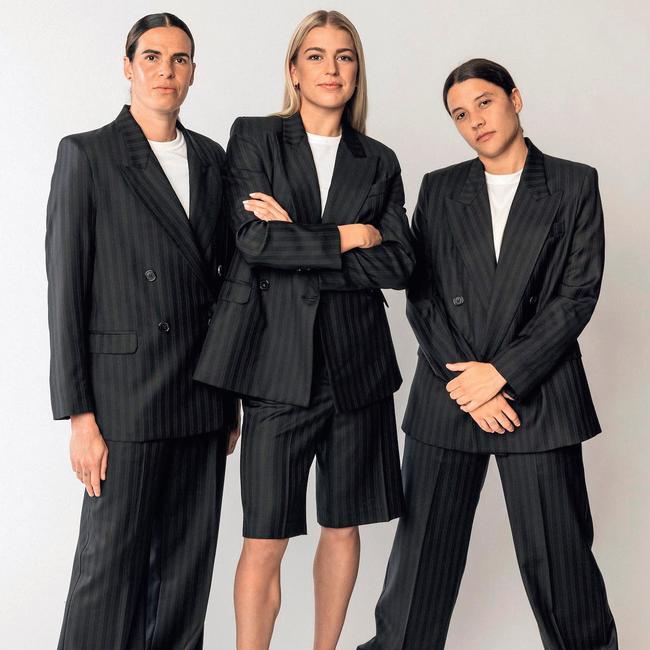
For designer Gabriella Pereira, whose brand Beare Park is the suiting partner of the most popular Australian sports team right now, The Matildas, a unique one-off material was apt for clothing the celebrated team, who happen to be all women and role models for young girls everywhere.
“We secured 100 metres of a 100 per cent wool pinstripe … the fabric was exclusively ours,” Pereira recalls, knowing more eyes would be on her label than many independent fashion labels could ever hope for. The deep navy wool typifies Beare Park’s premium suits, but with superfine stripes in the Matildas’ signature gold, which the team wore through their monumental winning streak last year and now, as they prepare for the Olympic stage this month. Pereira recalls seeing the material for the first time as “perfectly on brand … it seemed meant to be”.
There’s pressure to nail moments like these and it serves as a reminder that fashion and sport push each other for greater innovation and excellence in pursuit of faultless performances. Today, many consider perfection an impossible ideal, and the practice of owning flaws is accepted among the very best. The advice of sport mindset coach Ben Crowe, who guided Ash Barty to her Australian Open victory in 2022, is as poignant for athletes as it is for those working in fashion, illustrating just how similar the two industries are.
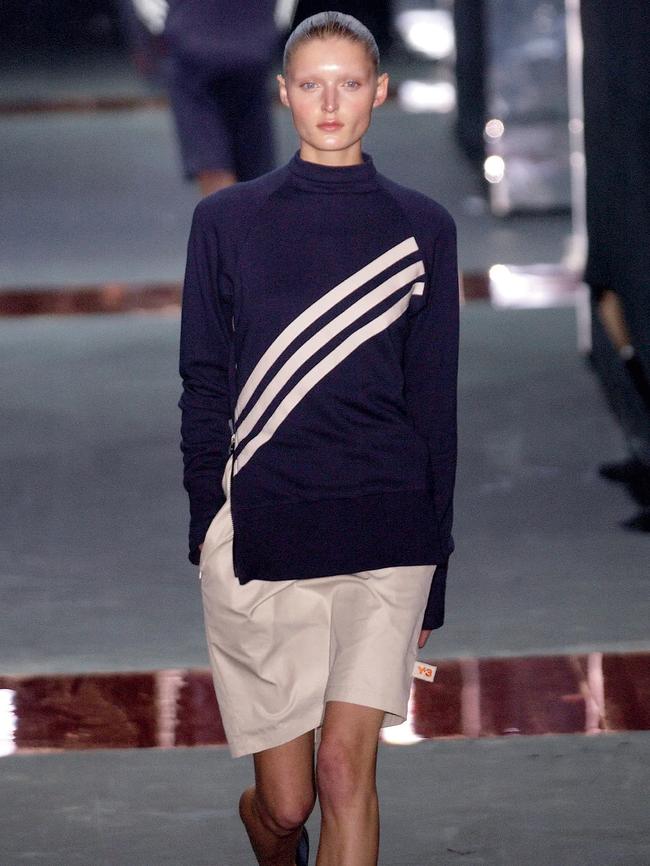

“Counterintuitively, self-compassion and self-acceptance are two of the most powerful ingredients in high-performing cultures and giving individuals the energy and motivation to push themselves out of their comfort zones, to realise their potential,” he shares. “To recognise that we’re on a journey and life is an experiment is important, as we need to make mistakes to enable learning, and growth and resilience, to flourish.”
Writing this story required revisiting feelings of inadequacy that defined my early years playing sport. But when I followed my inclinations and chose fashion as a career, I noticed similarities; the perfection I saw as unscalable, the kind I felt on the field, was a mountain I was able and eager to climb, like an athlete striving for their best possible result.
As Crowe notes, the learnings of sportspeople, and those who dedicate their lives to fashion, aren’t very different. It’s little wonder fashion is catching on to the similarities, and the camaraderie, confidence and democratic world each can foster.
Perhaps the most unique realisation from my days on the soccer pitch is that the applause from a goal, and the emotion and excitement among the crowd at a great fashion show, are essentially the same idea. Conner Ives’s description gets the point across the line like a perfectly coordinated touchdown. “My friends and I discuss fashion the way boys in my high school would discuss sport,” he says. “It’s all the same, really!”
This article appears in the July issue of Vogue Australia, on sale now.



To join the conversation, please log in. Don't have an account? Register
Join the conversation, you are commenting as Logout